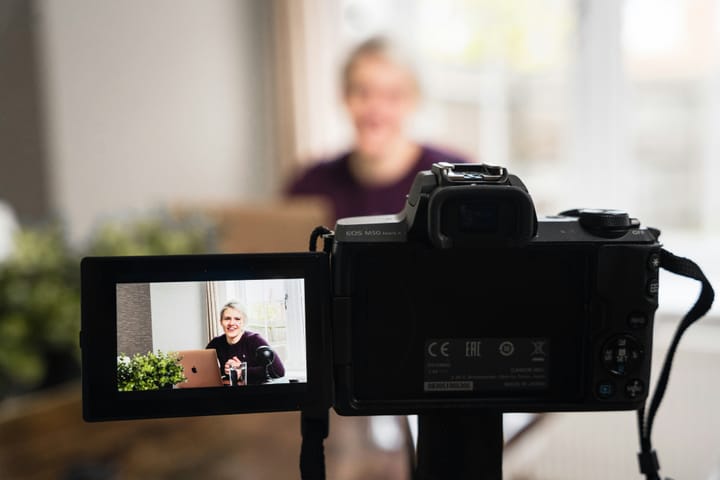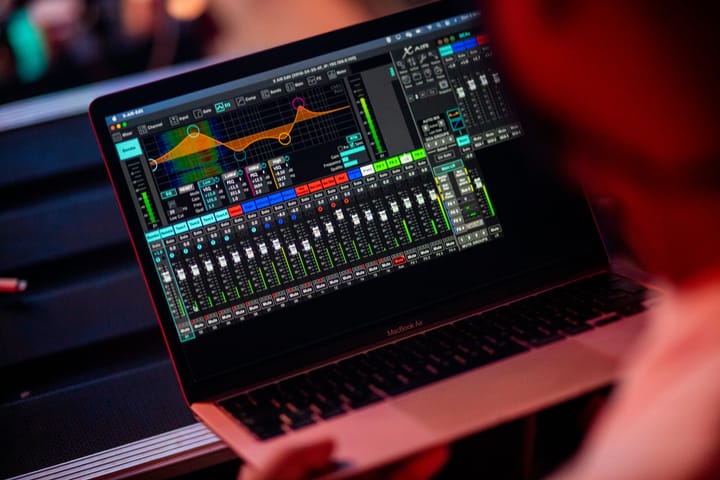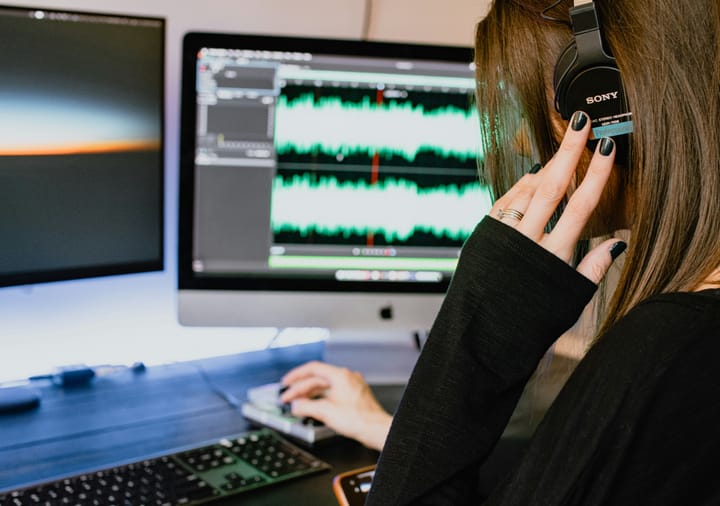The Exciting World of Live Podcasting
In the dynamic landscape of podcasting, live podcasting has emerged as an exciting and interactive format that allows creators to connect with their audience in real time.
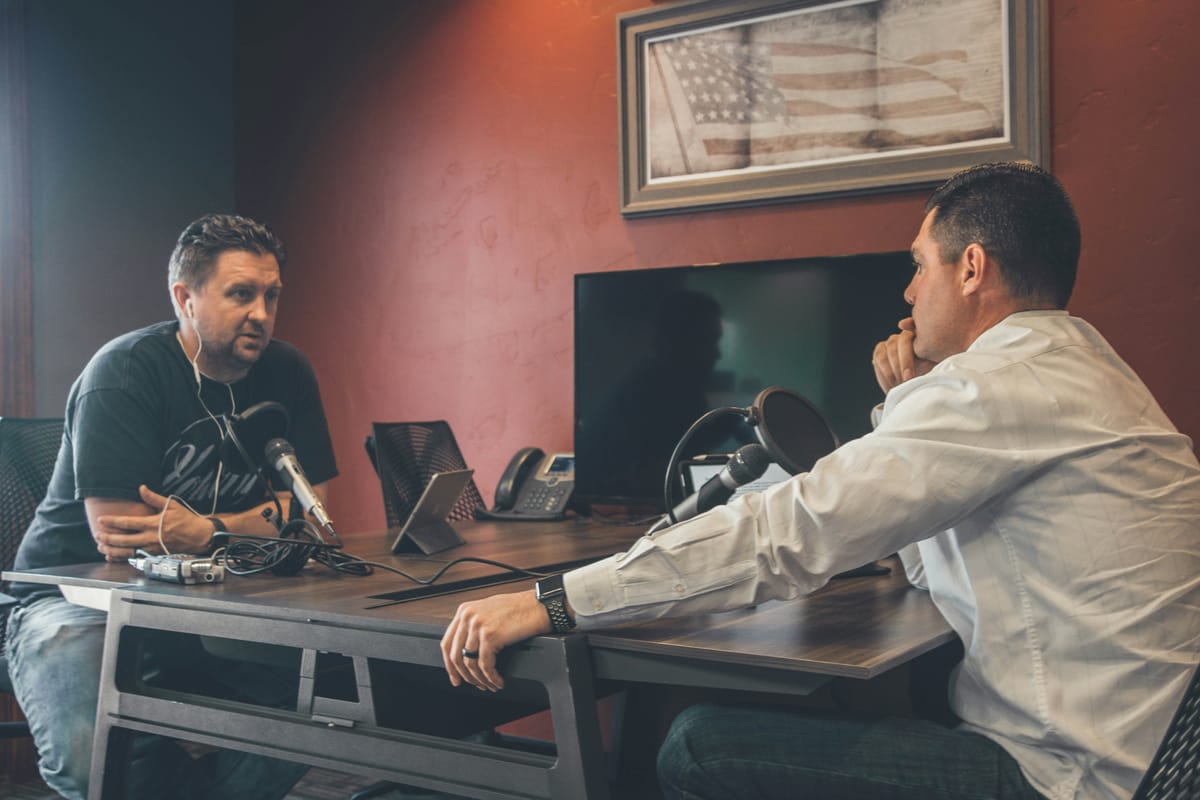
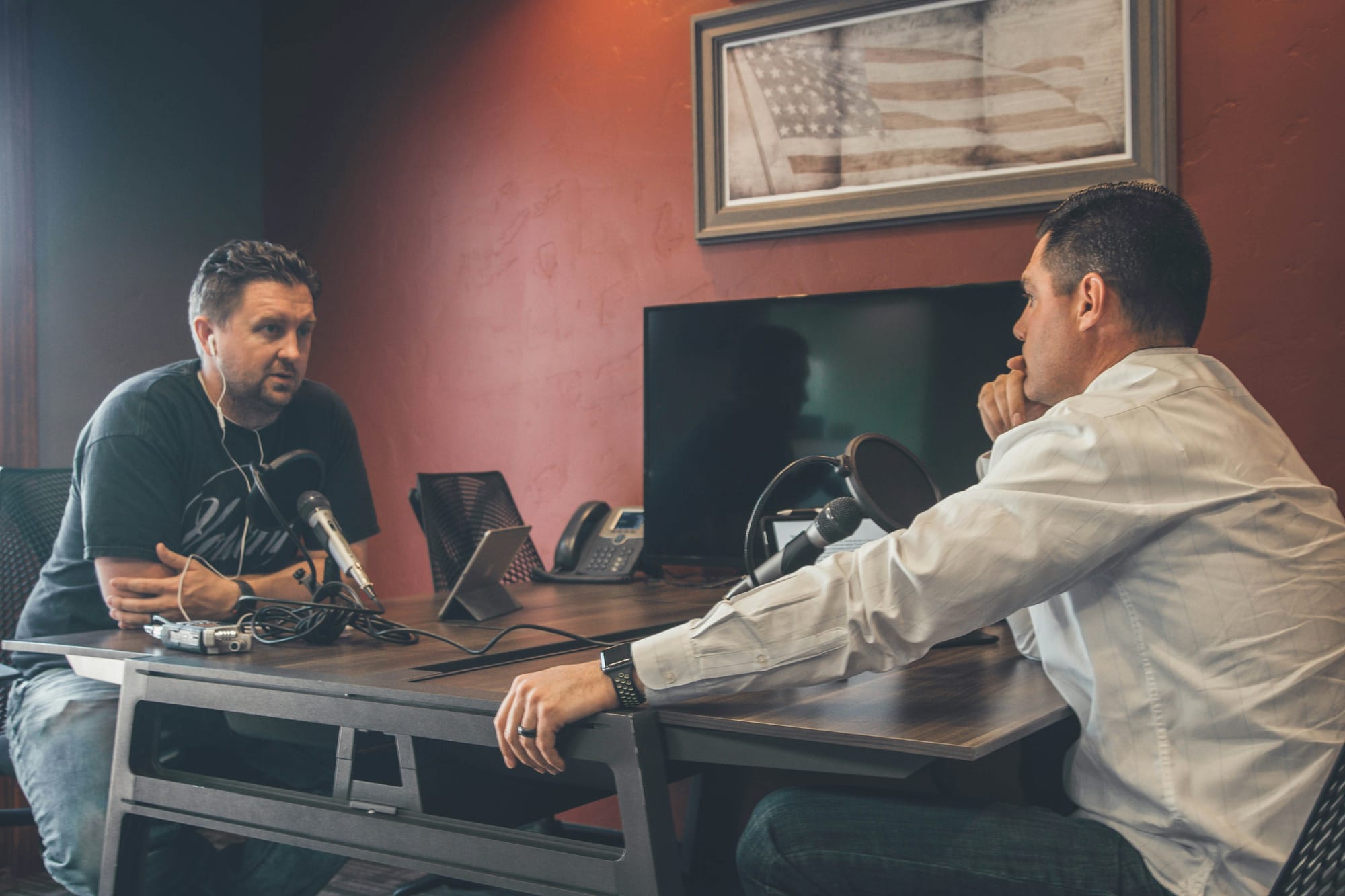
Key Takeaways:
- Instant interaction and engagement: "Live podcasting enables creators to interact with their audience in real-time, fostering a sense of community and engagement."
- Authenticity and spontaneity: "Unlike pre-recorded podcasts, live podcasting offers a sense of spontaneity and authenticity, allowing creators to react to current events and engage with their audience in dynamic ways."
- Expanded reach and visibility: "Live podcasting allows creators to reach a broader audience by tapping into the immediacy and virality of live content."
In the dynamic landscape of podcasting, live podcasting has emerged as an exciting and interactive format that allows creators to connect with their audience in real time. Unlike traditional pre-recorded podcasts, live podcasting offers a unique opportunity for engagement, authenticity, and expanded reach. In this comprehensive guide, we'll explore the exciting world of live podcasting, including its benefits, best practices, and how to get started. But first, let's uncover a lesser-known fact about live podcasting.
Fact: Live Podcasts Are the New Radio Shows
Remember the days when families huddled around the radio, eagerly awaiting their favorite programs? Fast forward to today—live podcasting is the modern equivalent. It’s like hosting your radio show, but with a global reach. Whether you’re a seasoned podcaster or a newbie, live podcasting offers a fresh way to connect with your audience.
Live podcasting isn't just limited to audio platforms. Many creators also stream their live podcast recordings on video platforms such as YouTube or Twitch, allowing audiences to watch the podcast being recorded in real time.
Benefits of Live Podcasting:
Instant Interaction and Engagement:
- Live podcasting enables creators to interact with their audience in real time, fostering a sense of community and engagement. Listeners can ask questions, leave comments, and participate in discussions, creating a dynamic and interactive experience.
Authenticity and Spontaneity:
- Unlike pre-recorded podcasts, live podcasting offers a sense of spontaneity and authenticity. Creators can react to current events, engage with guests and audience members, and address topics as they unfold, adding a fresh and dynamic element to their content.
Expanded Reach and Visibility:
- Live podcasting allows creators to reach a broader audience by tapping into the immediacy and virality of live content. Additionally, streaming live podcast recordings on video platforms can attract new viewers and subscribers, expanding the podcast's reach and visibility.
How to Get Started with Live Podcasting:
Choose Your Platform:
- Select a platform for hosting your live podcast, such as YouTube Live, Twitch, or a dedicated live streaming platform like StreamYard or Restream. Consider your audience demographics and preferences when choosing a platform.
Set Up Your Equipment:
- Invest in quality recording equipment, including microphones, headphones, and a reliable internet connection. Consider using a webcam or camera for video streaming, depending on your chosen platform.
Plan Your Content:
- Plan your podcast episodes, outlining topics, guests, and any interactive segments you'd like to incorporate. Prepare talking points and questions to guide the discussion during the live recording.
Promote Your Live Podcast:
- Use social media, email newsletters, and your existing podcast audience to promote your upcoming live podcast recordings. Create buzz and anticipation by teasing topics and guest appearances leading up to the live recording.
Engage with Your Audience:
- During the live podcast recording, encourage audience participation by inviting listeners to ask questions, leave comments, and participate in polls or interactive segments. Engage with your audience in real-time to create a lively and interactive experience.
Archive and Repurpose:
- After the live recording, archive the video on your chosen platform for viewers who missed the live broadcast. Repurpose the live recording into standalone podcast episodes or highlight clips to share on social media or your podcast feed.
Content and Methodology:
Repurpose podcast content: Identify popular podcast content or series and expand it into a live format. It can answer reader questions, delve into specific topics, or even invite guest speakers to add new perspectives.
Live Q&A: Hold a live Q&A session on a topic related to your content. This can create stronger relationships by addressing reader concerns directly.
Interviews: Interviewing industry experts, influencers, or even loyal readers can provide your audience with valuable insights and new perspectives.
Technical considerations:
Live Podcasting Platform: Choose the platform that suits your needs. Popular options are YouTube Live, Twitch, or live streaming features offered by podcast hosting platforms like Buzzsprout or Transistor.
Equipment: Invest in a quality microphone for clear audio. If you plan on doing a live video podcast, you may also want to consider a video camera.
Testing: Perform test runs in advance to ensure that your device and platform work properly.
Partnerships and Growth:
Promote your live podcast: Announce your live podcast on your blog, social media channels, and email list. Highlight the theme and guests (if any) for interest.
Audience Engagement: Encourage audience engagement through ongoing discussions, surveys, or question-and-answer sessions provided by the platform.
Repurpose the recording: Edit the recording after the live session and upload it permanently as a podcast episode. You can also create short posts for social media.
Additional Tips:
Be prepared: Outline your main points and any questions you want to ask the guests. Learn in advance to ensure smooth flow.
Relax and have fun! Let your personality shine through and enjoy interacting with the audience.
Be consistent: Schedule a consistent podcast to build a loyal following.
References to get you Started with Live Podcasting:
Online Resources: Podcast Insights: This site offers a wealth of information about all things podcasting, including articles and guides specific to live podcasting. Search for "live podcasting" on their site. (https://www.podcastinsights.com)
Livestream Planet: This site focuses on live streaming in general, but its products can be valuable for live podcasting as well. Find information on live streaming best practices and equipment recommendations.(https://petplanetrealty.com/contact/)
Best Experts in Live Podcasting
Online Resources: Many podcasting communities and forums offer valuable insights from experienced live podcasters. Find groups focused on live podcasting on Facebook or LinkedIn.
Podcast Industry Blogs: Many podcast hosting platforms and production companies maintain blogs with information and guidance from industry experts. Check out the Buzzsprout, Transistor, Captivate.fm, or Rode blogs.
YouTube Extensions: While not strictly a podcasting focus, this YouTube channel by Dan Carlin covers the technical aspects of live streaming related to live podcasts.
The Audacity Podcast: Software Audacity records this channel is not just about software. Featuring interviews with podcasters talking about their experiences, including live podcasting.
Social Media: Twitter search lists for #livepodcasting or #podcastproduction. These lists have collected tweets from various live podcasting experts.
Podcasting Conferences: Attending podcasting conferences can be a great way to actually learn from live podcasting experts. Check out events organized by the Podcast Movement, Podcast Expo, or the National Podcast Conference.
Top 10 Mistakes by Beginners When Making a Live Podcast
Neglecting Content and Format: Just "going live" isn't enough. Choose a format (interview, Q&A, repurposed content) that engages your audience and plan engaging discussion points.
Poor Audio Quality: Invest in a decent microphone for clear audio. Your audience won't stick around for bad sound.
Lack of Testing: Do a practice run beforehand to iron out technical glitches and ensure a smooth live experience.
No Promotion: Announce your live podcast well in advance on your blog, social media, and email list to build anticipation.
Forgetting Audience Interaction: Live is about audience participation! Encourage questions, and polls, or use features offered by the platform.
Unpreparedness: Have an outline for discussion points and questions for guests. Practice beforehand to avoid awkward silences.
Not Repurposing the Recording: Edit the recording and upload it as a regular podcast episode or create social media clips to extend your reach.
Focusing on expensive Equipment: You don't need the fanciest setup to start. A good microphone is key, but prioritize content and engagement over bells and whistles.
Obsessing Over Statistics: New podcasts take time to grow. Don't get discouraged by low initial listenership. Focus on creating quality content and building a community.
Being Inconsistent: Schedule regular live podcasts to build a loyal audience. Consistency is key in establishing your live presence. Ignore content and format: "going live" just isn't enough. Choose a format (interview, Q&A, repurposed content) that will engage your audience and plan engaging discussion points.
Best Tools for Live Podcasting
1. Riverside.fm
Best for: High-quality audio and video live podcasting.
How to use it: Record live episodes while capturing separate tracks for editing flexibility. Engage with your audience and create glitch-free downloads.
2. Streamlabs
Best for: Seamless live streaming with customizable overlays.
How to use it: Set up your live podcast, add visuals, and interact with viewers in real-time.
3. Restream
Best for: Multicasting your live podcast to multiple platforms.
How to use it: Broadcast simultaneously on YouTube, Facebook, Twitch, and more.
FAQ:
Q: Can I use the iPhone's built-in Voice Memos app for multi-track recording?
A: No, the Voice Memos app only supports single-track recording. However, there are third-party recording apps available on the App Store that offer multi-track recording capabilities for podcasters looking for more advanced features.
Q: How can I improve audio quality when recording podcasts on my iPhone?
A: Consider using external microphones or accessories, such as pop filters or windshields, to improve audio quality. Additionally, recording in a quiet environment and adjusting microphone settings can help minimize background noise and distortion.
Billionviews.ai is a video editor recruiting platform. Discover video editors who can meet your style preferences, budget, and deadlines. Once you post a job, applicants are rated based on their samples. Post your job on Billionviews.ai today for free!
